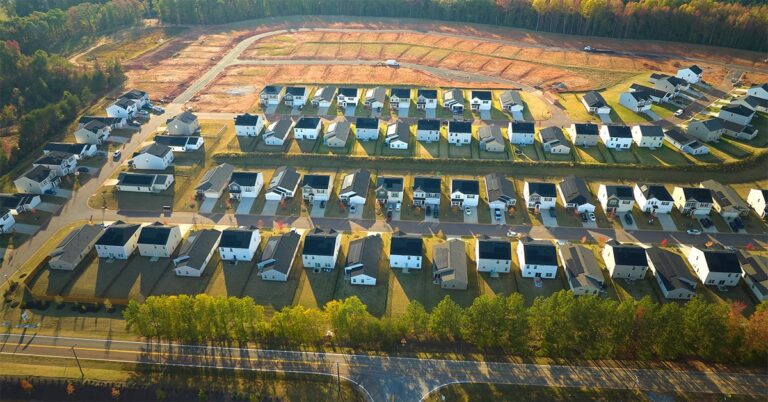Year-over-year investment in alternative sectors of commercial real estate took a step back in the last three months of 2022, putting a stop to eight straight quarters of annualized deal volume growth, according to MSCI Real Assets.
MSCI counts “alternative sectors” as those separate from the traditionally major segments of office, retail, industrial, multifamily and hotels (the company also generally groups senior housing and development sites with the major sectors). Outside such asset classes, transaction volume in the fourth quarter of last year totaled $14 billion, down 66% from the same quarter in 2021.
On an annualized basis, every alternative sector saw double-digit declines in transaction volumes during the fourth quarter. And it wasn’t just because of a lack of portfolio or entity-level deals: Individual property investment suffered in the fourth quarter as well, plunging 55% year over year.
The Q4 2022 pullback across all alternative sectors was so sharp that it was enough to pull the full-year alternative-sector volume 12% below that of 2021. But such drops, according to MSCI, are reflective of weakness within the entire commercial real estate market rather than weakness in any specific sector.
Alternative property sales comprised 10% of commercial real estate deals in Q4 2022, matching the average alternative-sector share for all fourth quarters from 2017 to 2021. In fact, the record-high amount of alternative-sector sales seen in the boom year of 2021 represented just a single percentage point more of the total commercial market share than that of Q4 2022.
Three alternative sectors saw their full-year deal volume grow in 2022. Medical office volume grew from $18.3 billion in sales in 2021 to $19.3 billion in 2022, reflecting the enhanced demand for such spaces in a post-pandemic commercial real estate world. Likewise, with burgeoning space requirements in the technology sector, data-center sales rose to $9 billion in 2022, up $8.2 billion the year prior.
And student housing, due in part to invigorated attention from overseas investors, jumped from $12.3 billion in volume in 2021 to $20.2 billion last year. That’s a 64% year-over-year increase, propelled largely by the entity-level acquisition of American Campus Communities by Blackstone in August.







